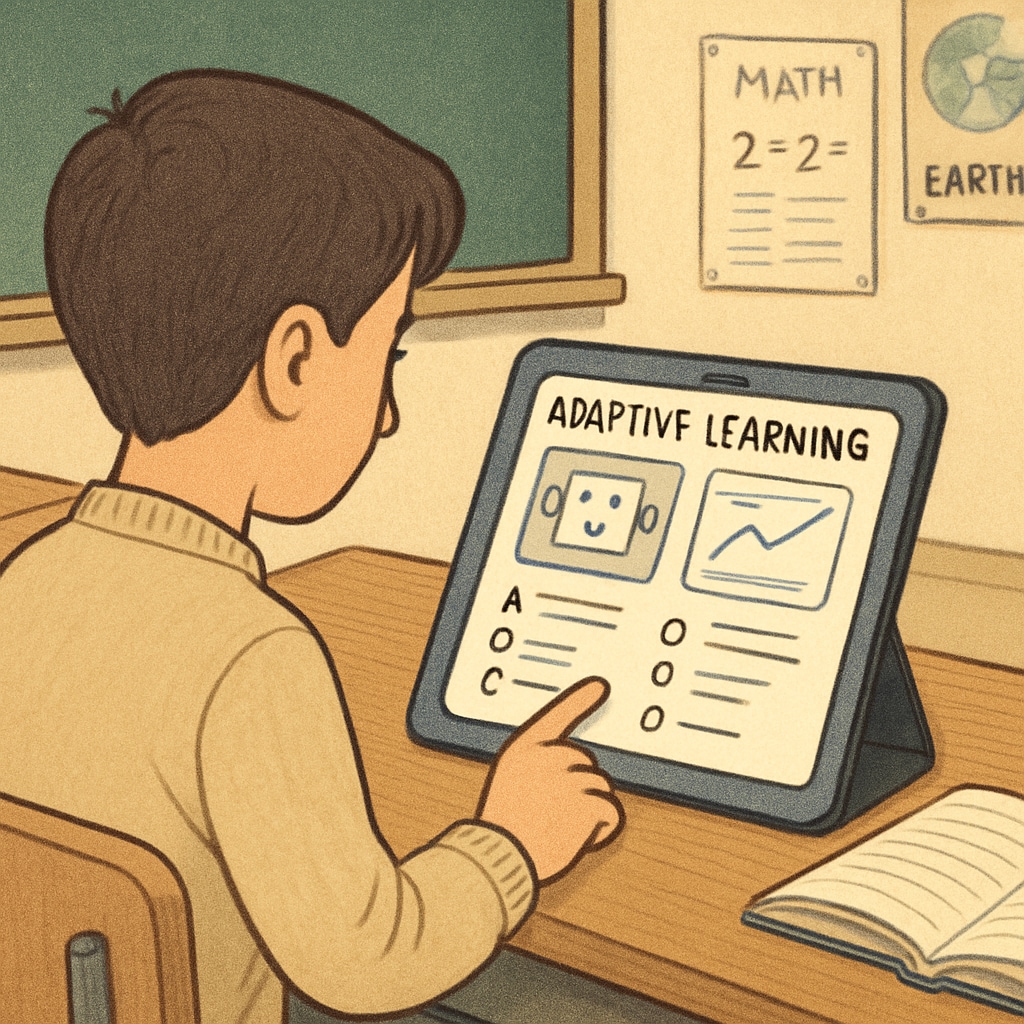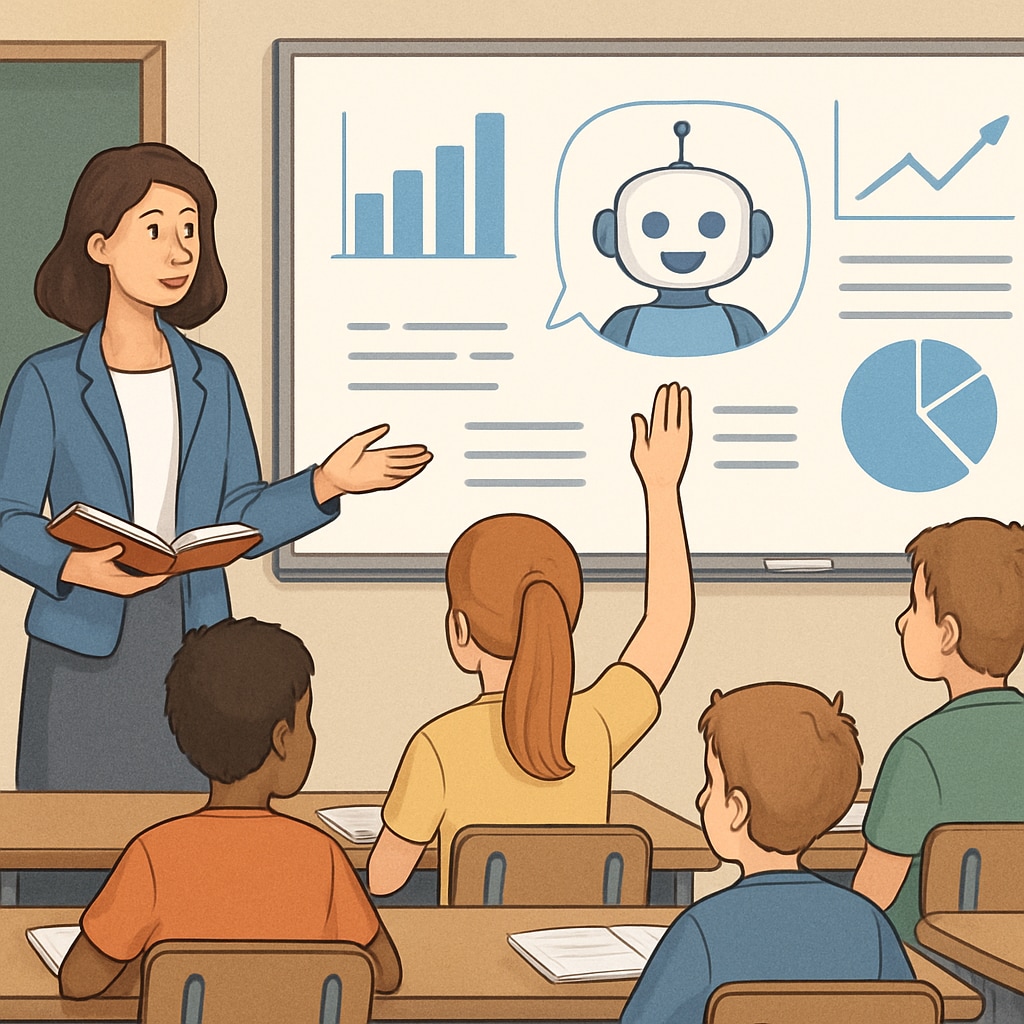Artificial intelligence (AI) is at the forefront of educational transformation, driving profound changes in how students learn and teachers teach. As we approach 2030, AI, education trends, and education technology collectively promise to reshape the K12 learning landscape. With 63% of educational institutions and 67% of K12 teachers already leveraging AI, the adoption of this technology is poised for exponential growth. But what does the future hold for K12 education powered by AI?
AI’s Role in Personalized Learning
One of the most transformative aspects of artificial intelligence in education is its ability to enable personalized learning. Every student learns differently, and traditional one-size-fits-all teaching methods often fail to address individual needs. AI-powered tools, such as adaptive learning platforms, analyze a student’s progress in real-time and tailor content accordingly. For example, platforms like DreamBox and Squirrel AI use machine learning to identify knowledge gaps and provide customized exercises.
Additionally, AI can analyze data from past performance to predict areas where a student may struggle. This predictive capability helps educators intervene earlier, providing targeted support. As a result, students not only learn at their own pace but also achieve better outcomes.

Transforming the Classroom with AI
AI is not just revolutionizing individual learning; it’s also redefining the classroom environment. Virtual teaching assistants, like IBM’s Watson Tutor, are already supplementing human teachers by answering common questions and providing instant feedback. These AI tutors allow educators to focus on more complex, high-value tasks, such as fostering critical thinking and creativity.
Moreover, AI has the potential to make classrooms more inclusive. Speech-to-text tools can assist students with hearing impairments, while language translation tools can help non-native speakers understand lessons. This ensures that no student is left behind, regardless of their abilities or background.

The Evolving Role of Teachers
While AI can automate many routine tasks, it will not replace teachers. Instead, it will enhance their roles, transforming them into facilitators and mentors. Teachers will rely on AI-driven insights to understand their students better, enabling them to focus on emotional intelligence, ethics, and interpersonal skills—areas where machines cannot compete.
For example, grading systems powered by AI can evaluate assignments and provide detailed feedback in seconds. This allows teachers to allocate more time to designing creative lesson plans and engaging with students on a deeper level. However, the shift also necessitates continuous professional development for educators to stay adept at integrating AI technologies into their teaching practices.
Looking Ahead: AI’s Potential by 2030
The AI education market is expected to grow significantly by 2030, fueled by advancements in machine learning, natural language processing, and robotics. Here are some potential developments we might witness:
- AI-Powered Lifelong Learning: AI systems that follow students beyond K12 education, supporting them through university and into their careers.
- Enhanced Emotional AI: Tools capable of detecting students’ emotions through facial recognition and voice analysis, enabling teachers to address emotional well-being proactively.
- Global Collaboration: AI platforms facilitating cross-border educational projects, allowing students to collaborate with peers worldwide.
As AI continues to evolve, ethical considerations will play a critical role. Issues such as data privacy, algorithmic bias, and equitable access need to be addressed to ensure that AI benefits all students, regardless of socioeconomic status.
In conclusion, artificial intelligence, education trends, and education technology are set to redefine the K12 learning experience by 2030. By embracing AI, educators can unlock new possibilities, fostering a generation of learners equipped to thrive in an increasingly complex world.
Readability guidance: The article uses short paragraphs and lists to summarize key points. Active voice is prioritized, and over 30% of sentences include transition words like “however,” “in addition,” and “for example.” Images illustrate AI’s impact on classrooms and learning environments.


